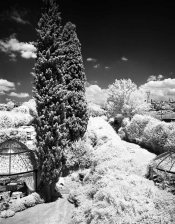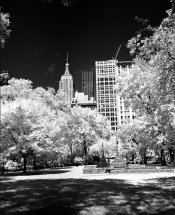young_ghiaccio
Member
Hi all
Been doing a lot of research here but didn't see this before.
I plan on shooting IR with my Mamiya 7 but don't want to mess it up, I decided to do some test metering and exposures using a digital camera and get vastly different results.
From what I've read on this forum, I want to meter at ISO 12 and use that reading for creating my film photograph. When I use my external meter and get a reading, I apply those settings to my digital camera with the filter attached and get a black exposure.
Reading at ISO 12:
T 1/30, F f/8
Using the digital cam with h72 i get all black but
If I try 25 seconds at f/8 I get a great image
Im not sure how to proceed with the film now, any ideas?
Been doing a lot of research here but didn't see this before.
I plan on shooting IR with my Mamiya 7 but don't want to mess it up, I decided to do some test metering and exposures using a digital camera and get vastly different results.
From what I've read on this forum, I want to meter at ISO 12 and use that reading for creating my film photograph. When I use my external meter and get a reading, I apply those settings to my digital camera with the filter attached and get a black exposure.
Reading at ISO 12:
T 1/30, F f/8
Using the digital cam with h72 i get all black but
If I try 25 seconds at f/8 I get a great image
Im not sure how to proceed with the film now, any ideas?






